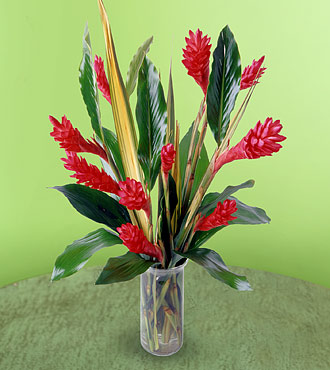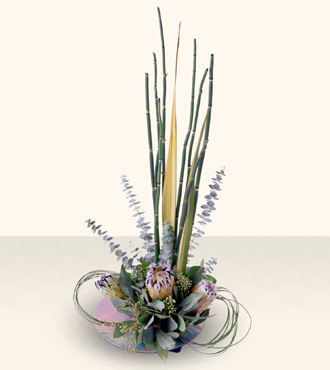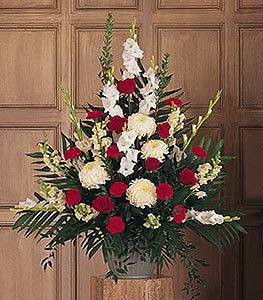|
|||||||||||||
|
Blossom Floristís Flower Delivery in Pennsylvania is the greatest. Our Pennsylvania Flower Shops offer flower delivery in Pennsylvania with a 100% satisfaction guarantee. Our goal is to send only fresh flowers to Pennsylvania with our professional and caring staff that is always available to serve your needs.
|
|
Pennsylvania Click here to Send Flowers to Pennsylvania Today |
||
|
Philadelphia, PA |
Pittsburgh, PA |
|
|
Our General State History and Information
William Penn, as proprietor of Penn's Woods, was an aggressive and active promoter of his new land. "The country itself," he wrote, "its soil, air, water, seasons and produce, both natural and artificial, is not to be despised." Pennsylvania still contains a rich diversity of natural and geological features.
One of the original thirteen colonies, Pennsylvania is today surrounded by the states of New York, New Jersey, Delaware, Maryland, West Virginia, and Ohio. It has a land area of 44,820 square miles and 735 square miles of the area of Lake Erie. It ranks 33rd in area among the 50 states. Pennsylvania has an average width of 285 miles, east to west, and an average north-to-south distance of 156 miles. Only the Delaware River on the east and about 40 miles of Lake Erie in the northwest corner form natural boundaries. Elsewhere borders are based on those established in the charter granted to William Penn by King Charles II of England, although it was 1787 before land and border disputes with other states were settled and Pennsylvania took clear title to its land. The most famous border dispute was with Maryland and was ultimately settled when the English Crown accepted the Mason-Dixon Line in 1769, a border which, in subsequent years, became the symbolic demarcation in the United States between the North and the South. Our Historic Figure Betsy Ross 1752-1836: Seamstress; born in Philadelphia. Although she was a well-known seamstress and the official flagmaker for the Pennsylvania Navy, there is no real evidence that she designed or made the first flag of the United States (in 1776). The story was first told in 1870 by a grandson. |
||
Birthday |
Valentine's Day |
Christmas |
Mother's Day |
Father's Day |
We specialize in wedding | New Baby and Symphaty / funeral flowers.
Link Page
We specialize in wedding | New Baby and Symphaty / funeral flowers.
Link Page






















